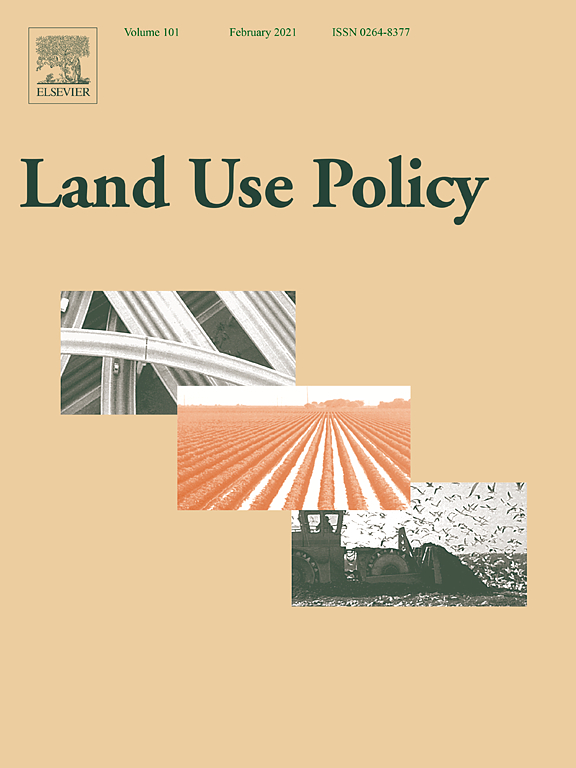Farmer participation in agri-environmental schemes: Regionalisation and the role of bridging social capital
European agri-environmental schemes are being criticised for reinforcing rather than negating an opposition between agricultural production and environmental production, and for assuming instead of securing a public willingness to pay for agri-environmental change. This paper explores if a regionalisation of agri-environmental governance may contribute to overcome these criticisms. The paper empirically explores three regionalised agri-environmental schemes from Flanders, Belgium, with the use of 40 qualitative interviews with farmers and other relevant stakeholders.


